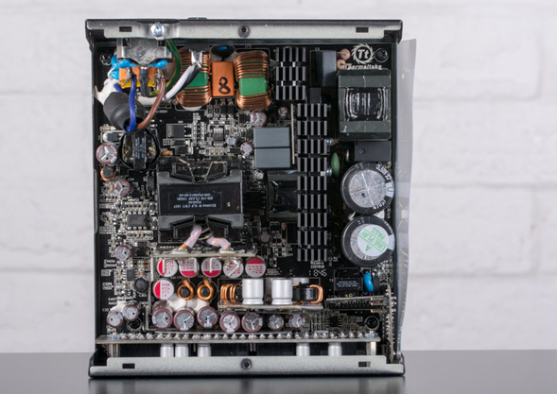“Usually, many people have no impression of the dual magnetic amplifier circuit! Players who are more familiar with PC power products may ask, since the +5V and +3.3V outputs are based on single magnetic amplifier, dual magnetic amplifier and DC-DC structure Typically, why do we rarely see new products with dual-magnet amplification structures on the market now? Indeed, we can see that the single-magnet amplification structure on entry-level power products is still strong. After all, the cost advantage is there, and entry-level machines tend to be more powerful. Not high, and its structural disadvantages are not easy to have obvious effects in daily use; DC-DC structure is blooming everywhere from mainstream, mid-end to high-end, and flagships, and even down
“
Usually, many people have no impression of the dual magnetic amplifier circuit! Players who are more familiar with PC power products may ask, since the +5V and +3.3V outputs are based on single magnetic amplifier, dual magnetic amplifier and DC-DC structure Typically, why do we rarely see new products with dual-magnet amplification structures on the market now? Indeed, we can see that the single-magnet amplification structure on entry-level power products is still strong. After all, the cost advantage is there, and entry-level machines tend to be more powerful. It is not high, and its structural disadvantages are not easy to have obvious effects in daily use; DC-DC structure is blooming everywhere from mainstream, mid-end to high-end, and flagships, and even has a trend of downward development to the entry-level market; however, dual magnetic The amplified power supply has almost disappeared. Not only is it rarely heard of new products, even the existing product lines are gradually retired, basically there is no “classic name”.

Now the DC-DC structure of the power supply is very common (the picture shows the Tt ToughPower iRGB Plus 850W power supply)
The reason for this situation is that, in the final analysis, the performance of the dual magnetic amplification structure is not as good as that of the DC-DC structure, but there is no decisive difference in material cost and adjustment difficulty compared to the other party. As more and more players fancy the DC-DC structure, the position of the dual-magnet amplifier structure is becoming more and more awkward. Under this situation, it is undoubtedly an act against the trend to launch a new product with the dual-magnet amplifier structure. If you are not pleased, it is better to retire the dual magnetic amplifier structure and give up the market space to the DC-DC structure.
The Links: TPS54218RTER AMC7812SRGCT LCD-SUPPLIER

0 Comments for “Why is there so little power supply for dual magnetic amplification now?”